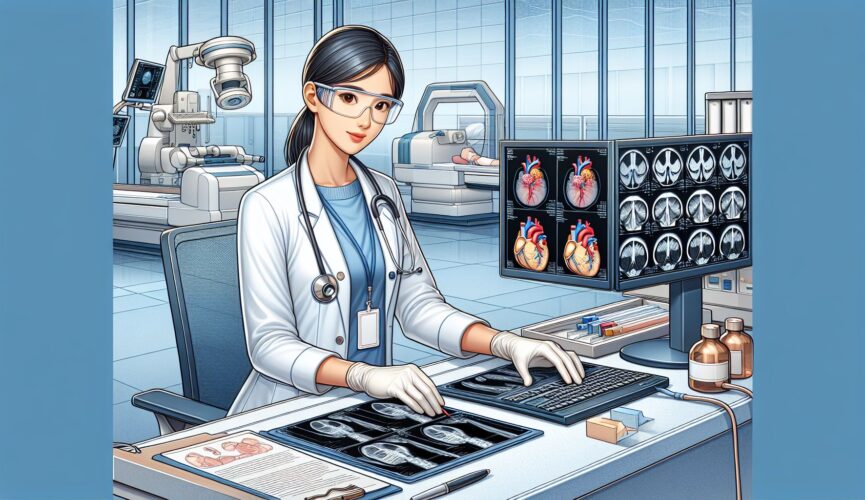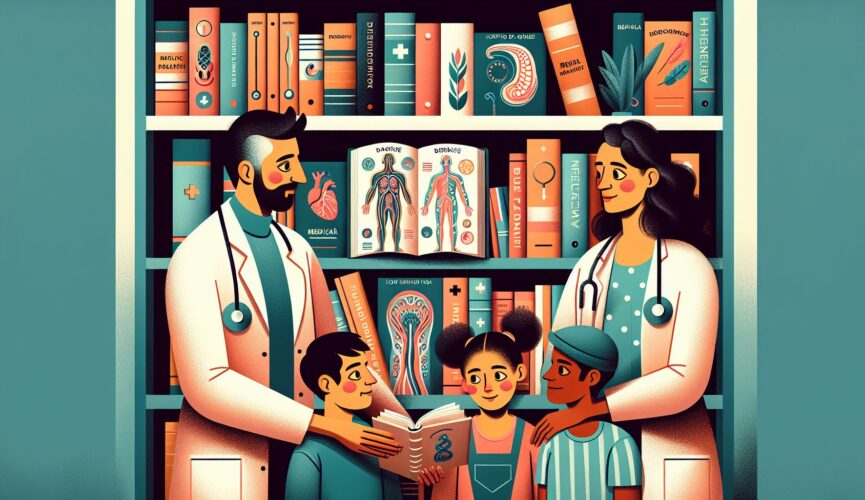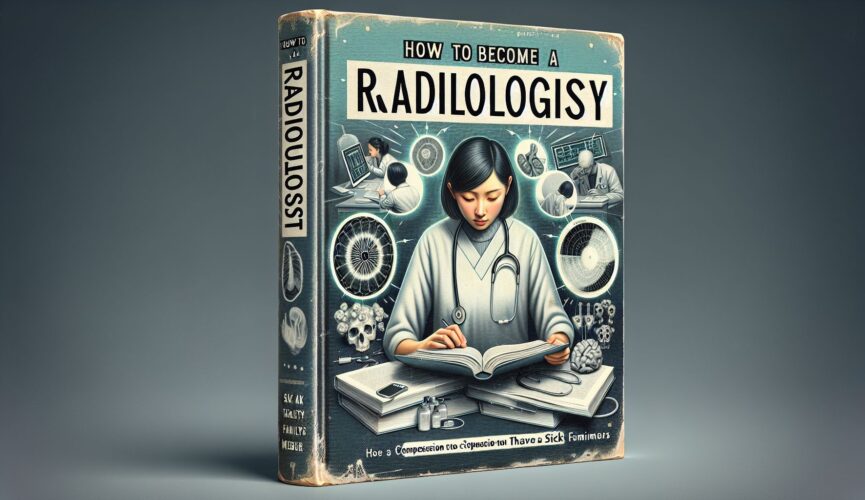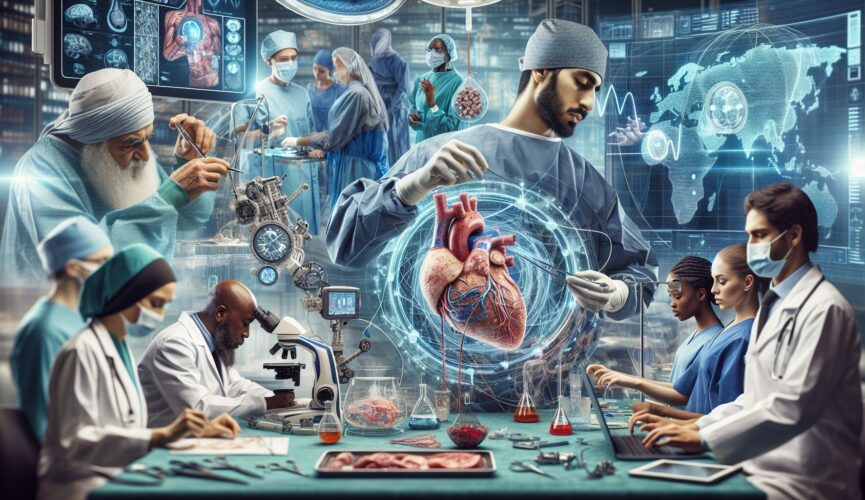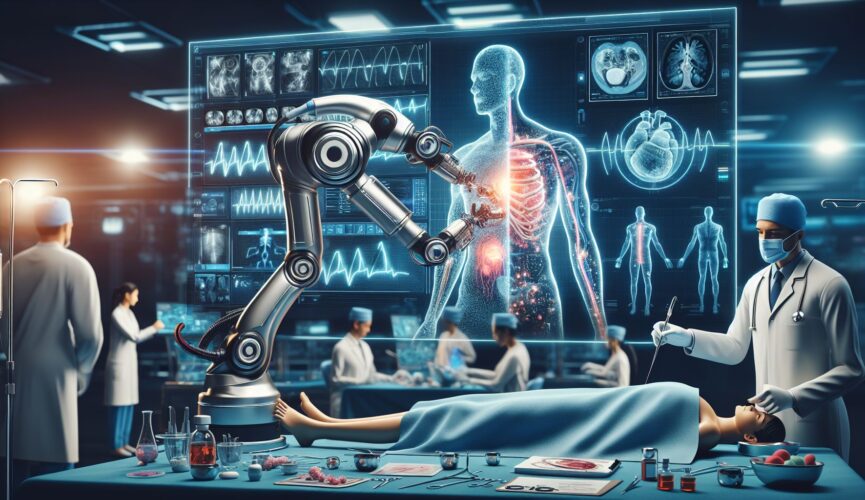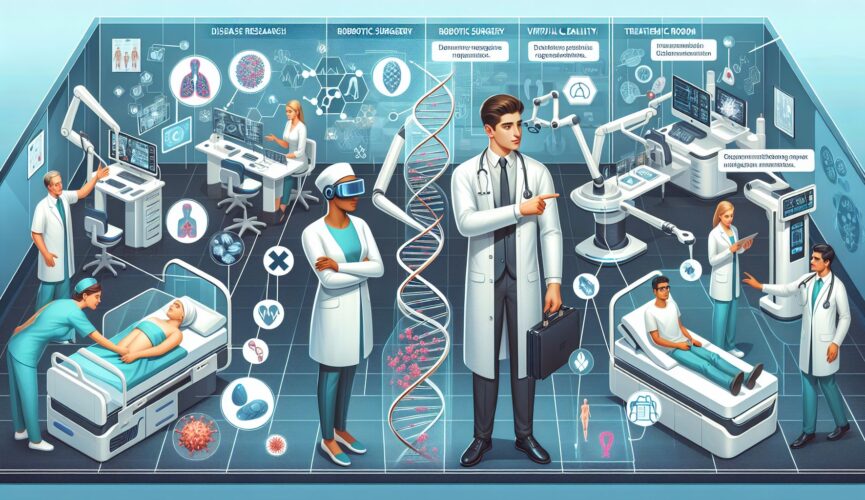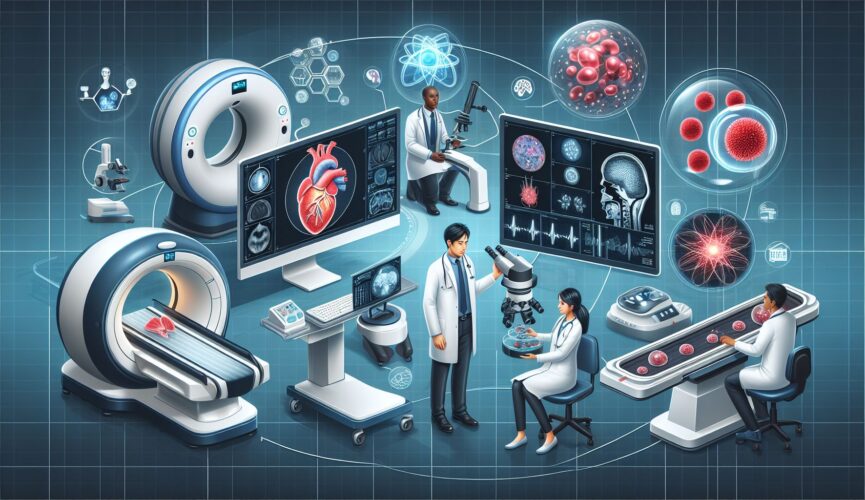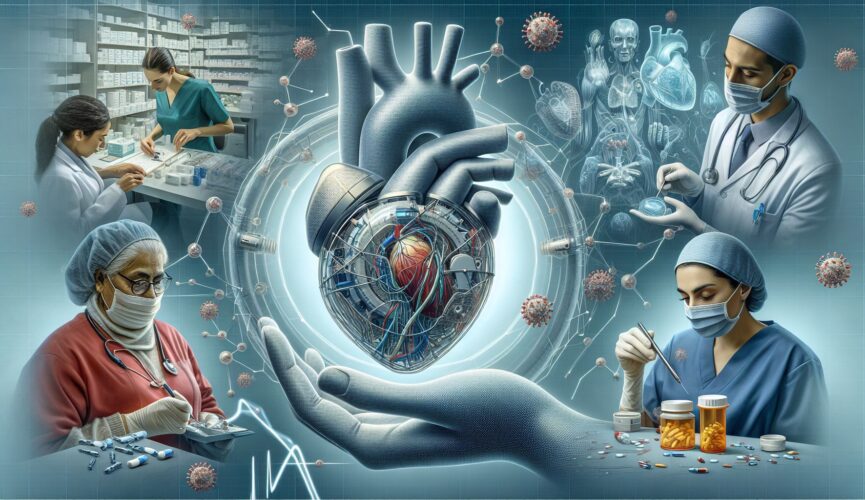Some sports lovers play golf simply as a relaxing pastime. They enjoy the game and get pleasure from the lush green course. However, golf is not just a game or recreational activity. Most players do not know that playing golf helps them maintain their overall well-being. The engaging sport provides several benefits ranging from physical exercise to social interactions. Find how regular golf-playing sessions are valuable to your health and mind.
Allows you to do physical exercise
Many golf players have experienced cardiovascular health benefits. While playing golf, you need to walk several miles. So, you can get involved in low-impact aerobic workouts that raise heart rates and promote blood circulation. Your physical system will be more efficient in using oxygen for better health.
Relieve your depression and anxiety
Exercise is a way to prevent emotional issues and other mental problems. Walking and other mild exercises let you maintain a circadian rhythm. They help you produce serotonin, which reduces depression symptoms. Thus, playing golf is a way to boost your mood. Control your depression symptoms by playing sports like golf.
Promote weight loss
Obesity is a common problem for those who have a sedentary lifestyle. The best option is to plan a golf vacation and book a golf resort in the destination. The resort will provide you with a well-maintained Bay Harbor golf course.
You may also join a golf training program to stick to your weight management routine. The sports activities will help you burn more calories. While playing the game, you need to walk through the course and swing the club. Thus, these activities let you burn more calories and contribute to weight loss.
Let your body receive Vitamin D
When you play the sport on the golf course, it exposes you to sunlight. It promotes the formation of vitamin D in your body. Vitamin D is essential to maintain your bone health and regulate your immune system. So, you will be healthy throughout the year.
Build your confidence
Once you have learned the golfing skills, you can grow your confidence. Golf lets you understand your athleticism and balance. When you become an expert golf player, you will feel more confident. However, make sure that you have realistic expectations during the learning process.
Look for a golf course in your locality and start practicing the sport.
Interact with your new friends
You can play golf with other players who have the same level of skills. You may also engage your family members in the sports session. Thus, if you want to develop new social connections, you can play golf. Friendly competition with other golf players will give you pleasure. Besides, those players will share their experiences with you and create positive relationships.
To conclude, golf lets you maintain your mental and physical health. If you have fun playing golf, it will be highly beneficial to you. There is no need to be a professional golfer. Amateurs also can play golf and have the best experience.

